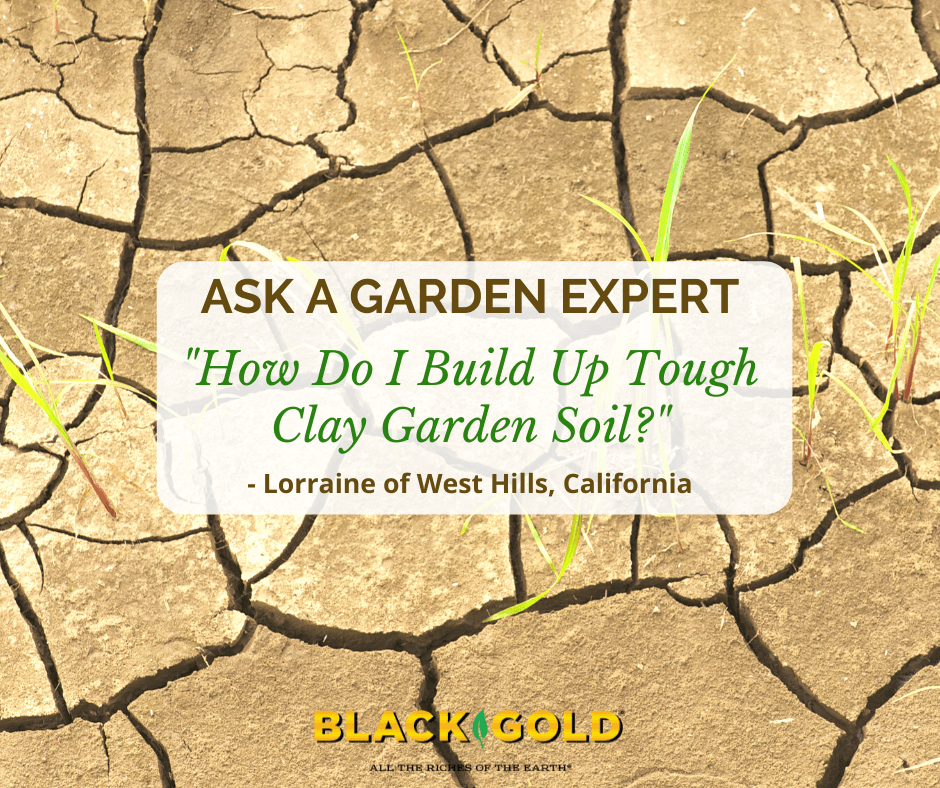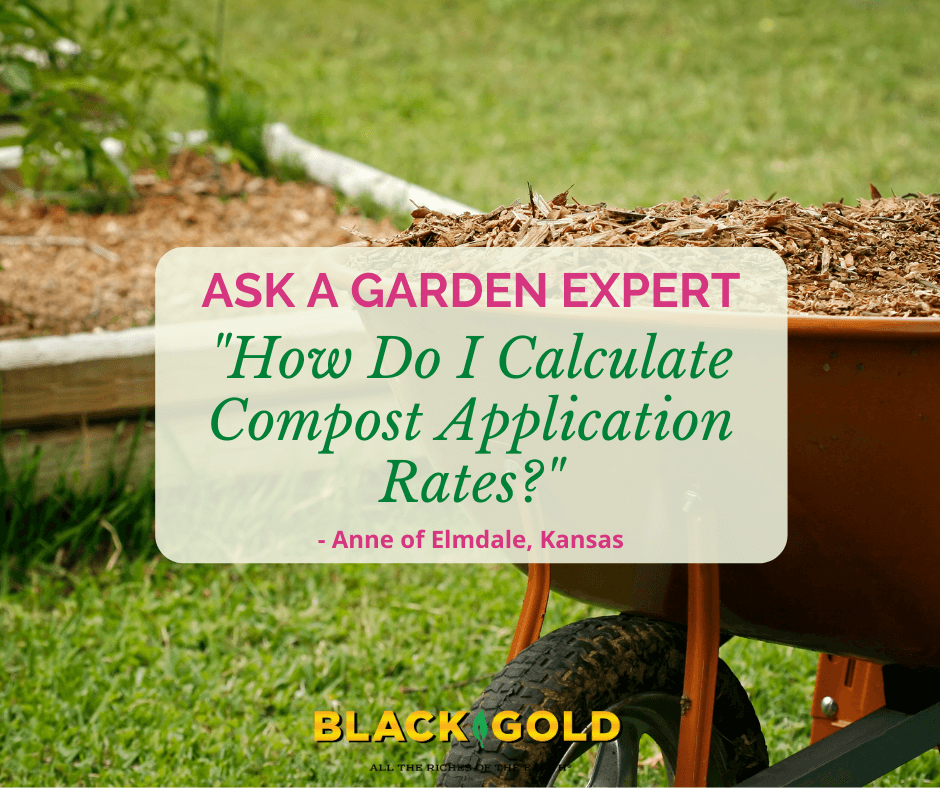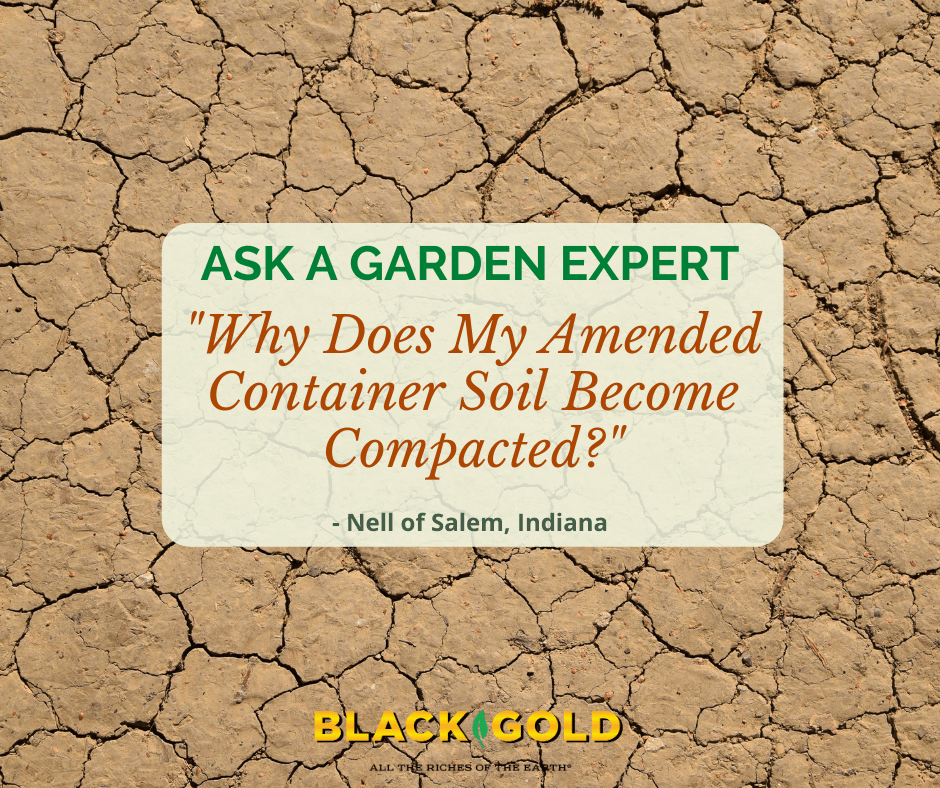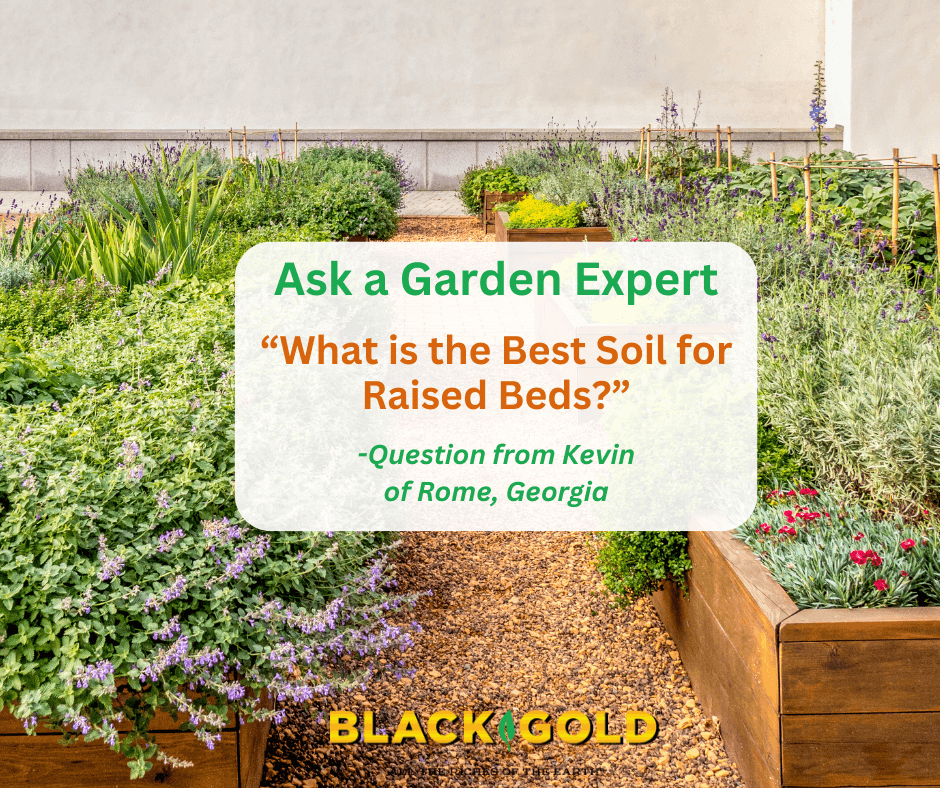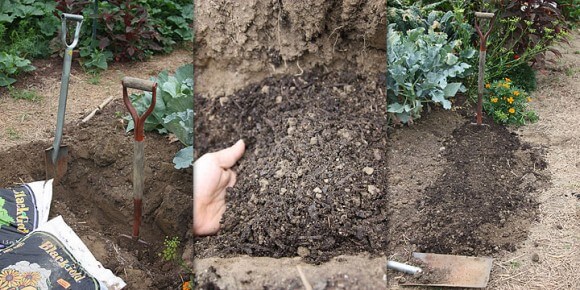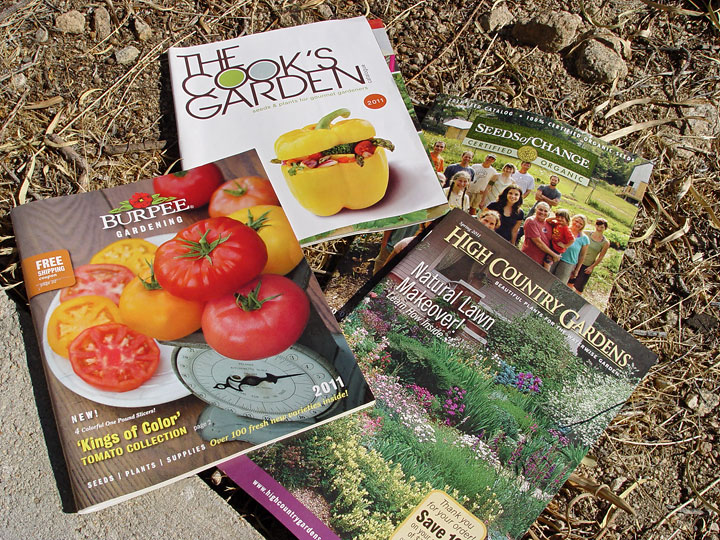“I live in the San Fernando Valley – Woodland Hills alongside the 101 freeway which follows the Los Angeles River. The soil is horrible – topsoil atop the riverbed, which was diverted to a cement-based flow. How do I build it up – besides gypsum – are there plants more suited to help break it up long term.” Lorraine of West Hills, California
Answer: Your soil sounds very hardpan and tough. Upon research, I found this quote: “Soil in Woodland Hills tends to be hard, compact clay…the curse of most Valley gardeners” -Melinkoff, 1987. Thankfully, there are measures that you can take to add fertility to your soil and loosen it up a bit for easier gardening.
The trouble with clayey soils is that they lack aeration, good drainage, and become very hard when dry. This disables water percolation and the fine roots of plants from gathering necessary air and moisture for top performance. Here are several measures that I would take to improve soil performance.
Add Organic Matter
For organic amendments to be effective in clay soils, they need to be evenly incorporated in quantity. Add amendments, like compost, peat moss, earthworm castings, and composted manure, into your soil at a ratio of two parts amendment to one part ground soil. Till them in or work them in with a turning fork when your clay soil is damp. Make sure they are well incorporated. The deeper you amend, the more you will improve bed performance. You might also consider berming your soils to lift them above the soil level. (Click here to learn more about berming.) Organic amendments should be added yearly to maintain good fertility.
In more arid regions like yours, the application of mulch will reduce wind erosion and hold moisture at plant root zones. (Click here for an overview of the best garden mulches and decorative covers.)
Add Mineral Components
Adding mineral components, like gypsum, can also increase the porosity and improve the structure of clay soils. A hefty application of gypsum will certainly help improve soils heavy in clay. Other minerals, like granite dust, greensand, and lime, may also be helpful in this manner. Mineral components should be applied along with organic matter for a better long-term solution to loosening and improving clay soils.
Add Topsoil
True topsoil generally contains a generous amount of loamy mineral soil with better porosity and fertility than yours because loams contain even parts sand, silt, and clay. Mix it into your beds at a 1:1 ratio, being sure to incorporate the two soils well. If you incorporate topsoil into your beds, as well as regular organic matter, you will be set!
Choose Raised Beds
Finally, you can build your beds upwards. Raised beds are an excellent choice for gardeners living in areas with poor soils. I recommend that you watch the video below that details raised bed pros and cons.
I hope that these tips help.
Happy gardening,
Jessie Keith


